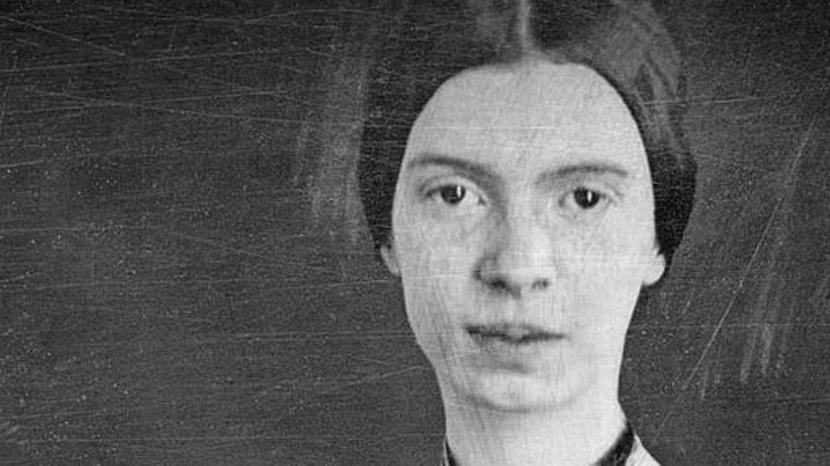It was during the summer of 1936 that Samuel Barber composed the String Quartet that would give rise to the iconic Adagio for Strings. During the same summer, Barber created an a cappella choral setting of Emily Dickinson’s 1891 poem, Let Down the Bars, O Death. It unfolds as a somber, homophonic chorale. As with the Adagio, it reaches upwards in search of a searing climax. When the poem’s first line returns, the hushed opening phrase is transformed into a declamatory statement. The final moments slip away, peacefully.
This 2011 recording features the Austin, Texas-based choral ensemble, Conspirare, conducted by Craig Hella Johnson:
Let down the Bars, Oh Death —
The tired Flocks come in
Whose bleating ceases to repeat
Whose wandering is done —Thine is the stillest night
Thine the securest Fold
Too near Thou art for seeking Thee
Too tender, to be told.
– Emily Dickinson
Recordings
- Barber: Let down the bars, O death, Op. 8, No. 2, Conspirare conspirare.org
Featured Image: a photograph of Emily Dickinson

